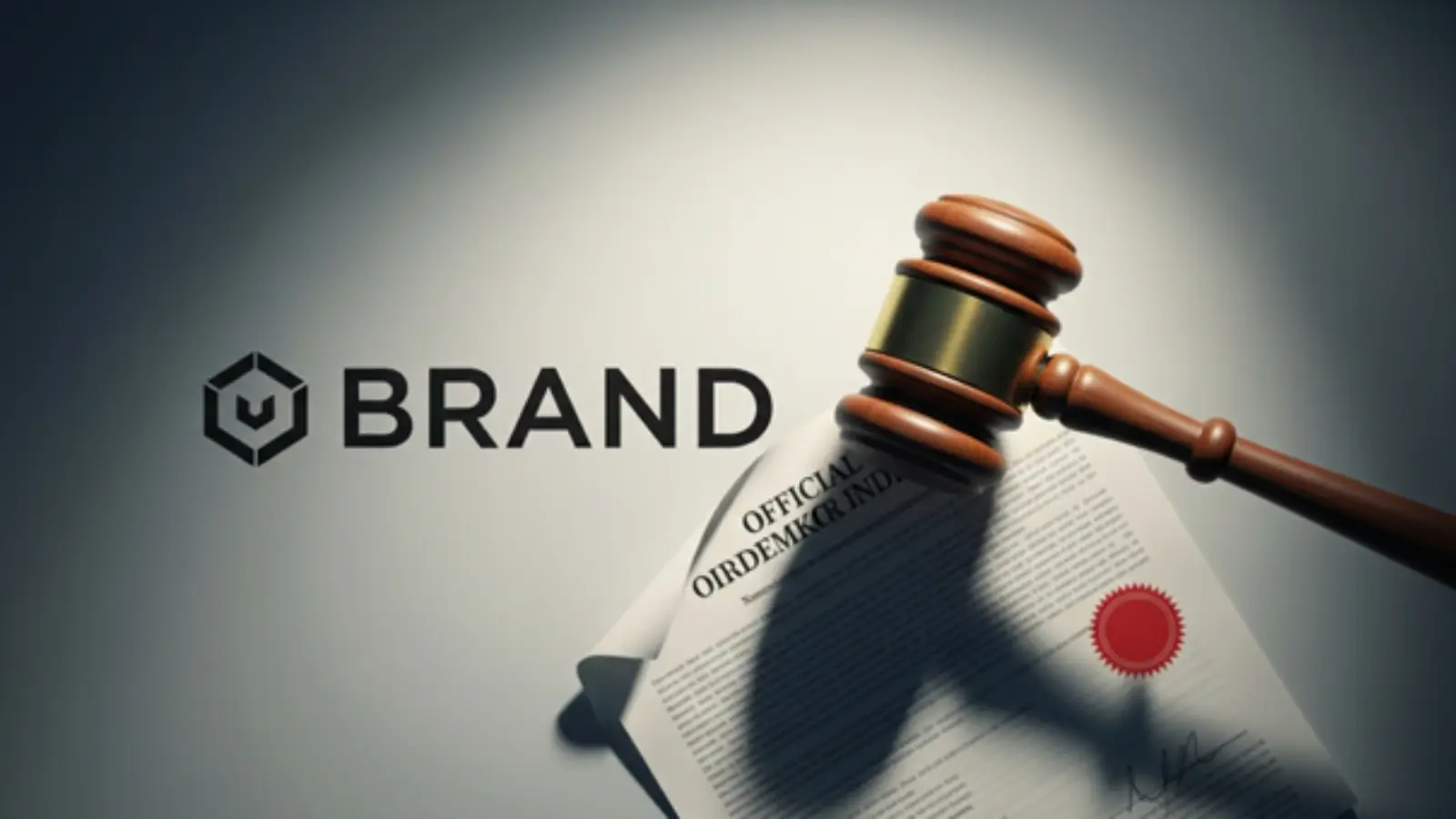Bringing a new product into the market requires time, money, and planning. Yet, even having done their best, a lot of products cannot keep afloat in the market. You might ask yourself why lots of products fail to undergo full screening or even fail to perform as expected after conducting the initial stages of the development process. This guide is going to entail what leads to these failures and the prevention of these failures for new products.
If you plan to launch a new product or improve your process, this guide will help you understand common mistakes with real insights and examples.
Understanding Why New Products Fail
Most of the companies offer products that have been released without full research or testing. They forego the whole screening process. When this occurs, they miss out on important dangers or buyer responses. One of the major problems that hinders a new product is poor planning. Most brands end up developing without asking whether the idea is commercially feasible. This implies that they do not examine whether the product stands a chance in the already existing market.
Commercial feasibility involves the testing of cost, demand, price, supply and profit margin. In case only one of such areas weakens, the product can fail to survive after being launched. It is quite common to find out during the Product failures concept evaluation case study results that companies failed to ask fundamental questions at earlier stages.
What Are the Reasons Why New Products Fail?
There are multiple reasons. Here are a few common ones:
-
Lack of market research: If you don’t understand customer needs, your product will not solve any real problem.
-
Poor timing: Launching too early or too late affects market response.
-
Bad pricing: If your product is too expensive or too cheap, buyers may ignore it.
-
Weak design: If the product looks cheap or does not function properly, customers return it or give negative feedback.
-
No unique value: A product that is the same as others in the market has no reason to stand out.
Each of these issues could have been avoided with simple market testing and consumer feedback.
Failed Product Launches: Real Examples
Even big companies make mistakes. Here are a few failed product launches:
-
New Coke (1985) – Coca-Cola changes original formula. Customers did not accept the taste. The company had to bring back the original version.
-
Google Glass (2013) – This smart wearable failed because it was expensive, had privacy concerns, and lacked strong use cases.
-
Colgate Kitchen Entrees (1980s) – A toothpaste company launching ready-to-eat meals confused consumers. The product made no connection with Colgate’s core image.
By my common observation i think these products failed due to reason of poor placement and marketing. They did not align with what customers expected.
Products That Failed Due to Poor Marketing
One thing that makes plenty of good things die before they can even realize their potential, is poor marketing. Some of the products that did not perform well because of bad marketing are the following:
-
Pepsi A.M: It was a drink whose target customers were the morning coffee drinkers who never connected emotionally or practically with the target audience.
-
Microsoft Zune: It was not marketed well and was introduced too late and was matched in features with the Apple iPod.
-
Harley-Davidson Perfume: The company was associated with motorbikes. The customers were insulted by the perfume and lost trust in the brand.
Examples beautifully demonstrate marketing must be aligned with brand and target customer. Lacking this you end up losing clarity and consumer confidence.
Bad Quality Products Examples
A product’s quality defines its reputation. Here are a few bad quality products that caused failure:
-
Hoverboards (2015) – Many units caught fire due to poor battery design.
-
Samsung Galaxy Note 7 (2016) – Battery explosions was the reason of recalled. This damaged the company’s reputation.
-
Easy Bake Oven (2011) – The toy burned children due to a heating coil issue.
These show how poor quality control can lead to recalls, legal cases, or loss of trust. Always test thoroughly before mass release.
Is the Number One Cause of Management Failure Linked to Product Launches?
Yes. The first issue that leads to management failure when developing products is communication and poor decision-making. Organizational units can disregard prior cautions, forego testing, or become pressed by delivery times. A report by Harvard Business Review found that 75% of all product-based startups failed owing to a lack of planning or failure to adjust to changes in the market. Leaders are advised to pay attention to communication, feedback, and frequent performance reviews at each phase of product development.
Improve Packaging to Support New Product Success
After your product is ready, the way it is going to be packaged is also important. Packaging is a major factor that influences customers. Looks are enhanced through attractive design, good labeling and safe wrapping.
For bath and body brands, soap sleeve packaging gives a professional look and protects the product. It also adds space to share important info, such as ingredients or benefits. Small changes like this can make your product feel more premium and trustworthy.
Main Reasons Behind New Products Fail
To keep in mind, the following is stated:
-
Early failures are a result of poor planning and forgoing screening.
-
Making a product fail before actually seeing the market can be done by neglecting the comments that consumers encounter.
-
Any marketing done with no particular message would be confusing.
-
The ineffective quality of the product will translate into money being refunded and the brand losing value.
-
Failure to commercially test the viability implies loss of an investment.
All these areas should be assessed prior to launching so that there is no product failure. Learn by example through the use of the case studies of other businesses on what you should not do.
Post Launch Customer Engagement
Many products fail not at launch but after due to poor customer engagement. Brands often forget that the real test begins once the product hits the market.
Without a feedback loop, you miss out on critical insights. Ignoring early user complaints, failing to update features, or staying silent after purchase can quickly kill momentum.
Smart brands like Slack and Dropbox thrived by listening to users and improving based on feedback. Regular surveys, prompt support, and transparent updates build trust and loyalty.
Final Thoughts
Risk is involved in product development. However, there are a lot of failures that can be avoided. The majority of errors occur because one does not plan, has inadequate market research, and omits important assessment procedures. When you know the prevailing reasons and move to rectify them, you will minimize product failure. Never stop trying out your product idea, testing the value of the idea, and selling it sensibly. You will also need to be on the lookout for packaging, pricing, and feedback. These are the few procedures that can make your product a successful one and gain customer confidence.

















